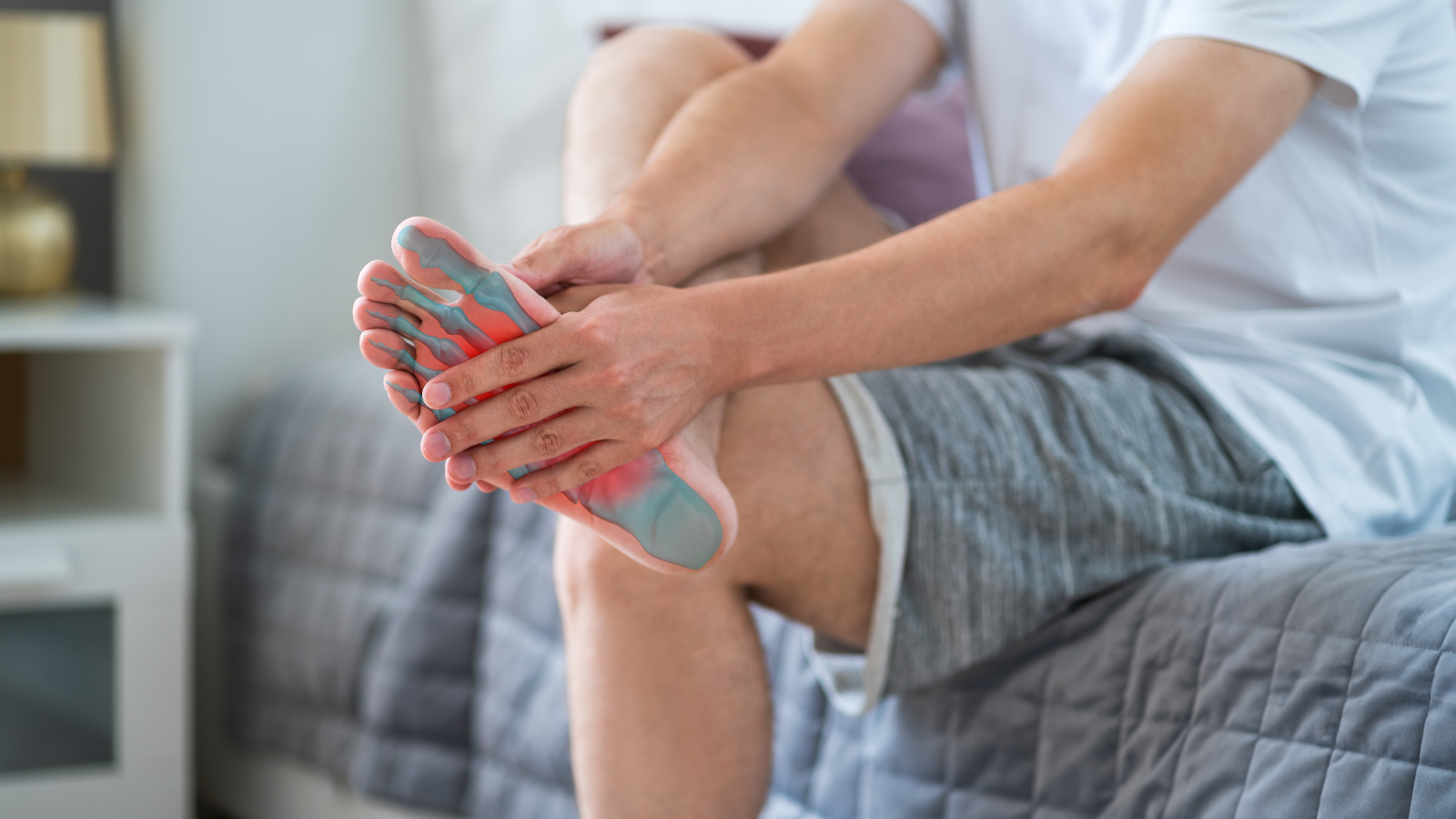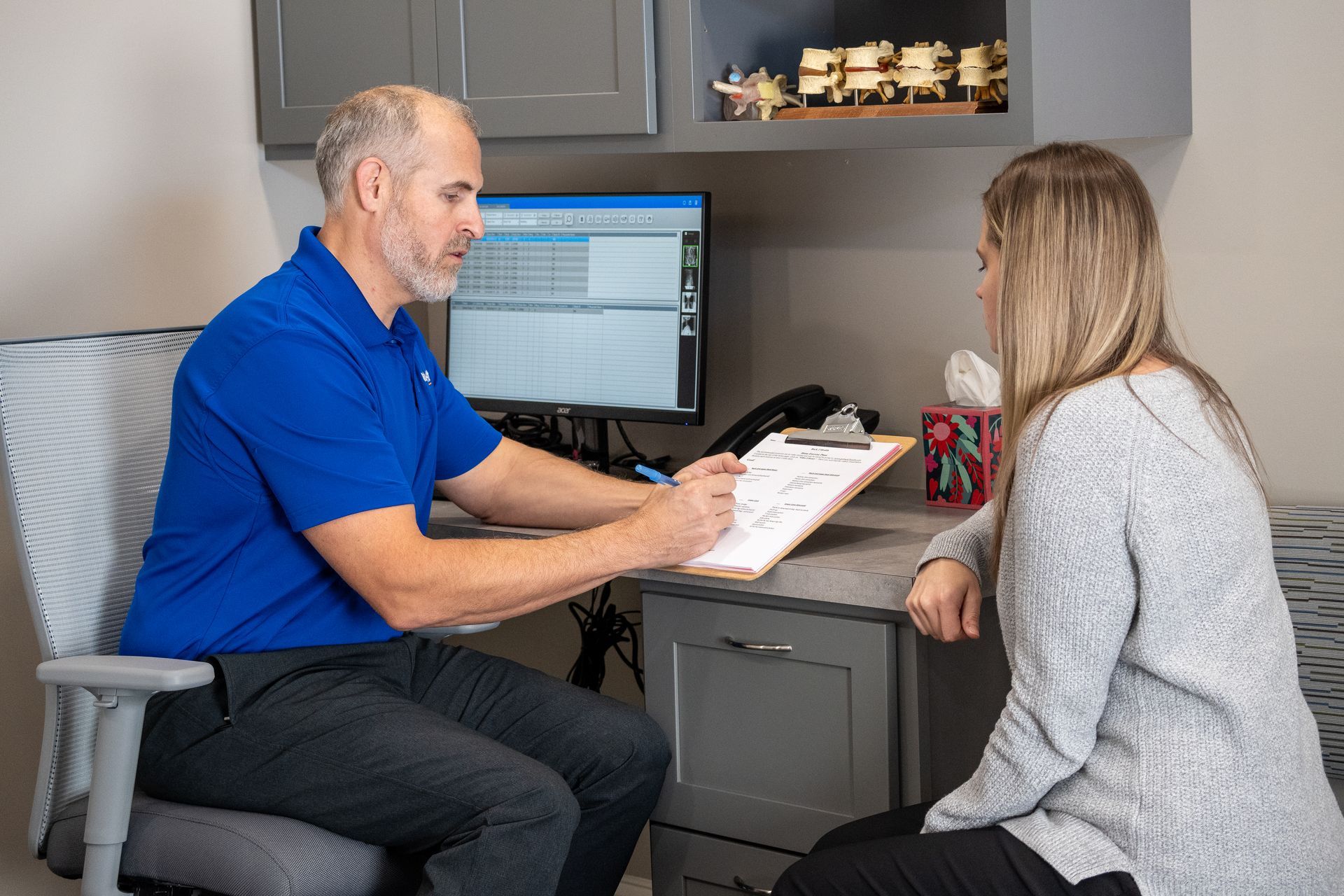Joint Pain as Seasons Shift: Embracing Fall Comfort for Your Joints
Understanding How Seasonal Transitions Affect Joint Health and Strategies for Relief
As the vibrant days of summer gradually wane and the crisp, golden embrace of fall settles in, many of us relish the change in scenery, cozy sweaters, and pumpkin spice lattes. However, for some individuals, this seasonal shift also brings about changes in their joint health, potentially leading to discomfort and pain. The connection between weather and joint pain has long intrigued researchers and individuals alike, making it essential to understand how the transition from summer to fall may impact our joints.
Seasonal Transitions and Joint Health
While the precise relationship between weather and joint pain remains complex, several theories shed light on why some people experience discomfort during seasonal transitions, particularly from summer to fall.
- Barometric Pressure Fluctuations: The drop in barometric pressure that often accompanies seasonal changes may lead to the expansion and contraction of tendons, muscles, and scar tissue. This shifting can trigger discomfort in joints affected by conditions like arthritis.
- Temperature and Synovial Fluid: As temperatures begin to cool, the synovial fluid within joints might thicken. This change can make joints feel stiffer and less flexible, potentially leading to sensations of discomfort and decreased mobility.
- Activity Levels: The shift from outdoor summer activities to spending more time indoors during fall might lead to reduced physical activity. Inactive joints can become stiff and painful, especially when colder weather limits our movement.
The Impact of Fall Climate on Joint Health
Research suggests that while the connection between weather and joint pain isn't fully understood, there are associations worth considering as we transition into fall.
- Lower Temperatures and Joint Pain: Some studies indicate that joint pain, especially among individuals with conditions like osteoarthritis, may increase with lower temperatures. As we bid farewell to warm summer days, the cooler fall weather could potentially exacerbate joint discomfort.
- Fall Humidity and Joint Discomfort: Fluctuating humidity levels during fall could impact joint health, although the relationship isn't as clear-cut. Humidity's influence on joint pain varies among individuals, making it an important factor to monitor as we move into autumn.
- Physical Inactivity and Stiffness: Fall's cozier ambiance might encourage us to spend more time indoors. However, reduced physical activity can contribute to joint stiffness. Finding ways to stay active, even during chillier months, can be crucial for maintaining joint flexibility and comfort.
Navigating Fall with Joint Health in Mind
As the transition to fall unfolds, it's essential to prioritize your joint health and embrace strategies that can help alleviate discomfort.
- Stay Active: Engage in low-impact exercises such as yoga, swimming, or gentle stretching to keep your joints mobile and supple. Even a short walk amidst the autumn foliage can do wonders for your joint flexibility.
- Stay Warm: With cooler temperatures on the horizon, dress in layers to keep your body comfortably warm. Heat pads and warm baths can provide localized relief to achy joints, helping to alleviate discomfort.
- Nutrition and Hydration: Maintain a balanced diet rich in nutrients that support joint health, such as omega-3 fatty acids found in fish. Staying hydrated helps keep your joints lubricated and functioning smoothly.
- Listen to Your Body: Pay attention to how your joints respond to weather changes. If you notice patterns of discomfort during fall, be prepared with remedies you find effective, whether it's warm compresses, over-the-counter pain relief, or relaxation techniques.
- Consult a Professional: If you experience persistent joint pain that interferes with your daily life, consider seeking guidance from a professional. We can provide tailored advice and recommend appropriate interventions.
Embrace the Change
As leaves paint the landscape in hues of amber and rust, fall offers a unique blend of beauty and challenges for those navigating joint discomfort. By understanding the potential impact of seasonal transitions and adopting strategies to support joint health, you can fully embrace the joys of fall while ensuring your well-being remains a top priority.
Conclusion
The transition from summer to fall marks not only a change in scenery but also a shift in how our bodies may experience discomfort. While the weather's effects on joint health remain intricate and individualized, being proactive in your approach to joint care can make a significant difference. By staying active, maintaining warmth, and listening to your body's cues, you can enjoy the autumnal splendor while keeping joint discomfort at bay. Embrace the season's charm and take steps to prioritize your joint health as you navigate the delightful journey from summer to fall.

GET BACK 2 HEALTH NOW!
CONTACT US
IMPORTANT LINKS
OFFICE HOURS
Monday - 9AM-5PM
Tuesday - 11AM-6PM
Wednesday - 9AM-5PM
Thursday - 11AM-6PM
Friday - 9AM - 1PM
Saturday & Sunday - Closed
JOIN OUR NEWSLETTER
Newsletter
You're awesome!
Oops, there was an error. Please try again.
All Rights Reserved | Back 2 Health Chiropractic Center | Powered by Quantifi Media



